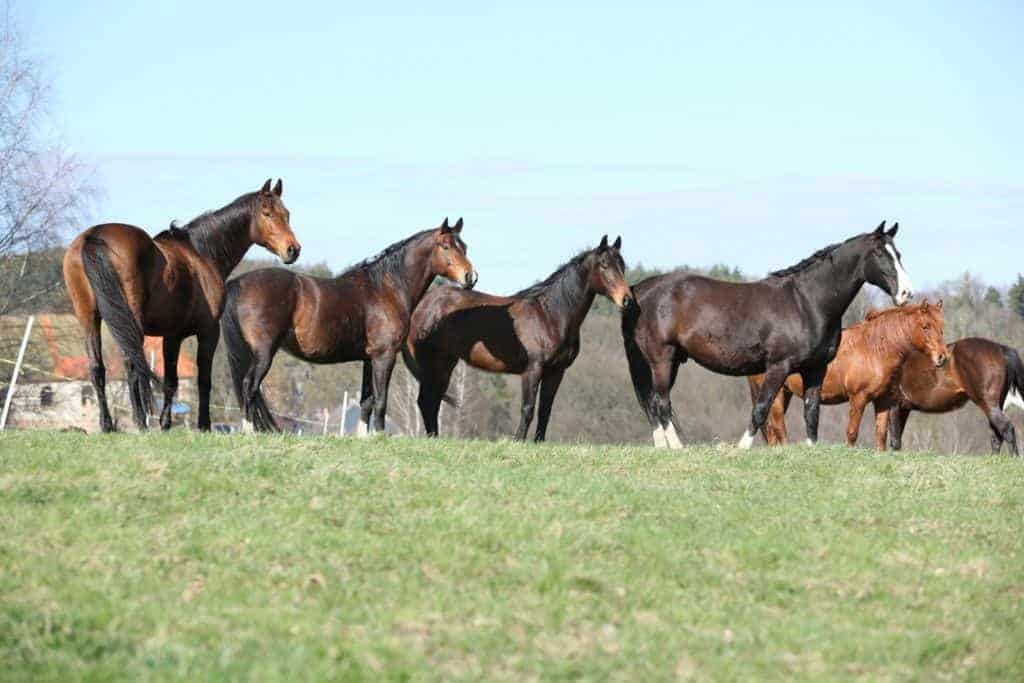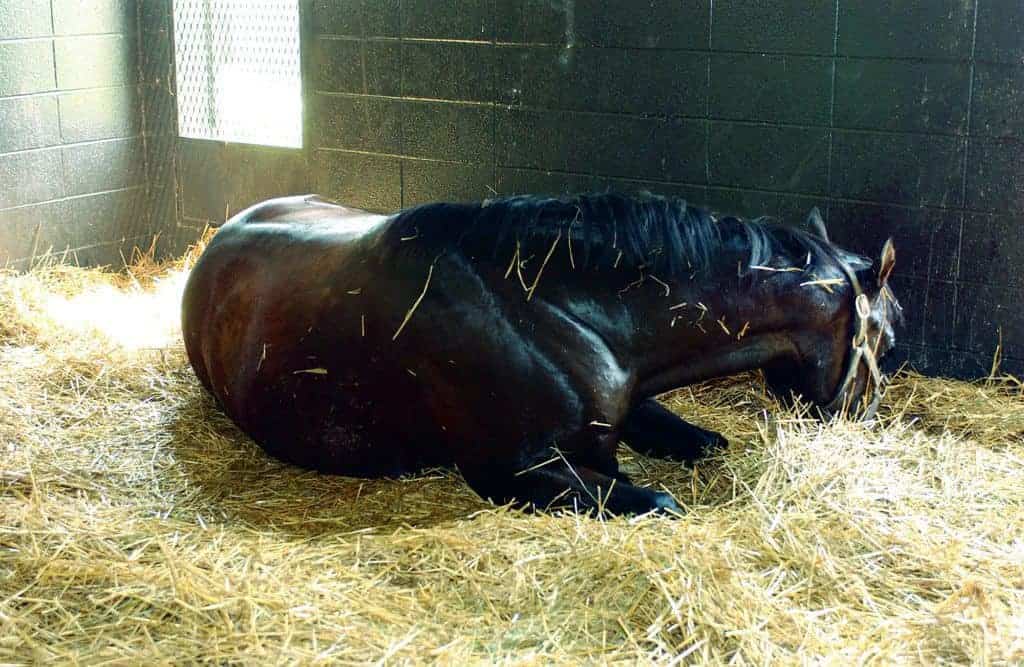
Does My Horse Have Pyramidal Hoof Disease?
Also known as “buttress foot,” this condition primarily affects horses with poor leg conformation in high-impact disciplines. A veterinary podiatry expert explains.

Also known as “buttress foot,” this condition primarily affects horses with poor leg conformation in high-impact disciplines. A veterinary podiatry expert explains.

Researchers found no apparent link between previous surgery and catastrophic injury, but they did identify associations with medication use and lameness.

Purchasing a horse is primarily about risk assessment, which is why prepurchase exams are so important. Here are some things to keep in mind.

A recent comparison of diagnosis and treatment of back pain in horses a decade apart has highlighted the way riders and veterinarians alike have evolved in their awareness and management of this condition.

Researchers found that hoof balance changes rapidly during the first few weeks of a foal’s life.

Weanlings should grow steadily and moderately as rapid weight gain could put them at risk for developmental orthopedic diseases. Three experts share their tips for achieving appropriate growth via nutrition.

What kind of physical damage can be done when a horse pulls back violently? A sports medicine practitioner weighs in.

Tim Shannon, CJF, APF, AWCF, and G. Marvin Beeman, DVM, will present on anatomy, form, and function from the perspectives of the farrier and veterinarian.

Having a winter hoof care plan in place ahead of time can help eliminate worries during the deep freeze.

Researchers found that, in a pony with nutritional secondary hyperparathyroidism (NSH), which causes bone to deform as it loses calcium, a bisphosphonate combined with a balanced diet seemed to alleviate clinical signs of disease.

Findings from a recent study could afford a better understanding of how parasites choose their hosts within a herd and lead to the identification of biomarkers that could help pinpoint which horses are more likely to be wormy, researchers said.

Researchers believe nasopharyngeal cicatrix is the result of an environmental agent, possibly found in pasture, but they still don’t know for sure what causes it, how to best manage it, or why it generally affects horses in a specific part of Texas. Here’s what you should know.

Find information on stress in horses, antibiotic use, scratches, conditioning, equine allergies, and more.

Researchers have suggested a link between DDSP and lower airway inflammation in racehorses, but the concept hadn’t been explored in sport horses. So, scientists in Belgium reviewed medical to identify instances and outcomes of DDSP treated medically.

When veterinarians applied a compression bandage to the horse’s pastern before administering a palmar digital nerve block, the drugs remained localized to the hoof rather than spreading further up into the leg.

Carolyn Arnold, DVM, Dipl. ACVS, of Texas A&M University offers a better understanding of the gut microbiome’s role in colic and colitis.
Stay on top of the most recent Horse Health news with
Notifications